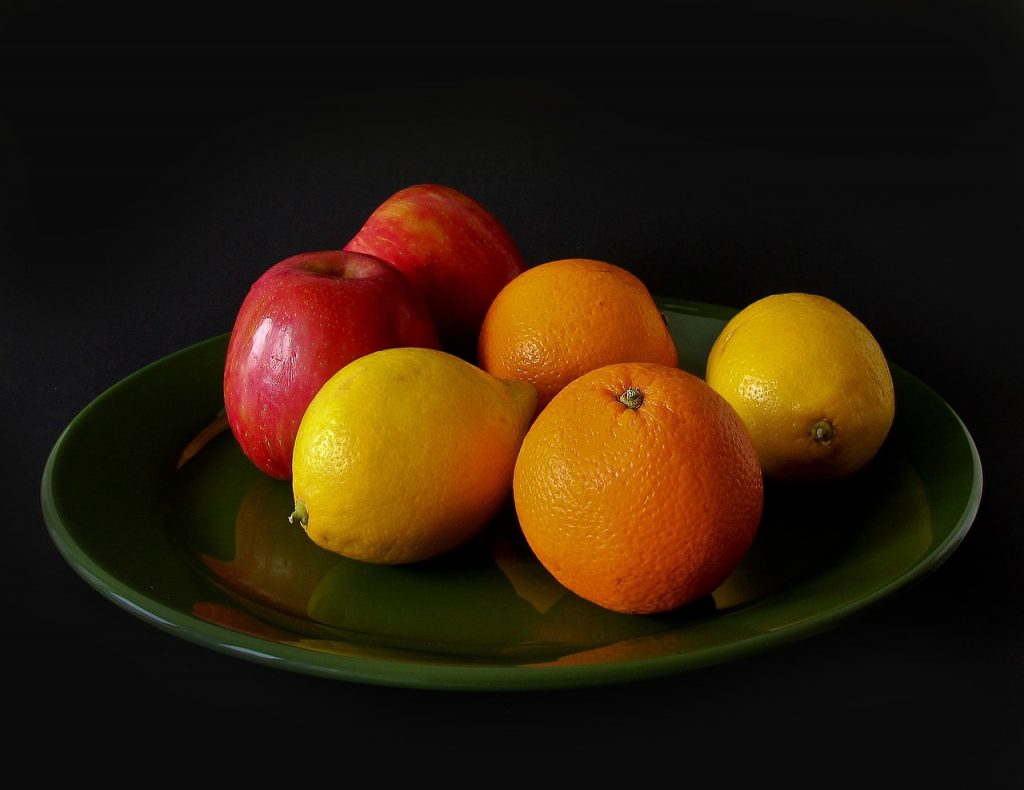 Soft drinks are a source of fructose. In the United States soft drinks contain fructose mainly in the form of high fructose corn syrup, whilst in the United Kingdom, they contain fructose mainly in the form of sucrose. Both high fructose corn syrup and sucrose are very similar molecules and are digested to glucose and fructose in the gut, and thence the fructose is absorbed to the blood. High intakes of fructose are considered detrimental for a number of reasons. Firstly, fructose can only be processed in the liver and as such it can overload the glycogen resynthesis pathway and result in the production of fatty acids that may be a cause of insulin resistance. Secondly, fructose and other sugars can be fermented in the gut and change the microbiota profile of the gut to one less favourable to health. Lastly, fructose does not cause the stimulation of insulin in the same way as say glucose does. As insulin is one of the primary hormones that decreases appetite, the presence of fructose in soft drinks encourages overconsumption.
Soft drinks are a source of fructose. In the United States soft drinks contain fructose mainly in the form of high fructose corn syrup, whilst in the United Kingdom, they contain fructose mainly in the form of sucrose. Both high fructose corn syrup and sucrose are very similar molecules and are digested to glucose and fructose in the gut, and thence the fructose is absorbed to the blood. High intakes of fructose are considered detrimental for a number of reasons. Firstly, fructose can only be processed in the liver and as such it can overload the glycogen resynthesis pathway and result in the production of fatty acids that may be a cause of insulin resistance. Secondly, fructose and other sugars can be fermented in the gut and change the microbiota profile of the gut to one less favourable to health. Lastly, fructose does not cause the stimulation of insulin in the same way as say glucose does. As insulin is one of the primary hormones that decreases appetite, the presence of fructose in soft drinks encourages overconsumption.

There are a number of reasons why the fructose contained within fruit is not as detrimental to the health as the fructose contained within soft drinks. This relates largely to the fibre in fruit which is present mainly in the form of pectin. The appetite regulatory effects of fruit fibre counteract the lack of appetite regulatory effect from fructose. This makes overeating fruit much less likely and thus fructose levels fall when soft drinks are replaced with fruit. The ability of fibre to be fermented in the gut by bacteria produces short chain fatty acids. These fatty acids bind to the GPR43 receptor and cause the release of peptide YY and glucagon-like peptide 1 (GLP-1). Peptide YY decreases appetite whereas GLP-1 increases insulin release.
Fruit is also a source of fructose and current recommendation is to consume more fruit. This recommendation is based on the knowledge that the fructose in fruit is not as detrimental as the fructose in soft drinks. It is true that it is possible to overeat fruit and oversupply fructose, but this is much less likely that consuming fructose from soft drink. Therefore overloading the blood with fructose is much less likely. In addition, fruit contains high amounts of fibre, including the soluble fibre pectin, and this may have a number of protective effects. Firstly, pectin slows the rate of consumption (as mentioned) and the rate of digestion and absorption of the sugars. Secondly, the fibre can be fermented in the gut and this encourages the growth of beneficial strains of bacteria that may be beneficial to the health. Lastly, once fermented, the fibre forms short chain fatty acids that stimulate the release of peptide YY, which decreases appetite, and glucagon-like peptide 1 (GLP-1) that stimulates the release of insulin, thus decreasing appetite.
Eat Well, Stay Healthy, Protect Yourself
RdB
